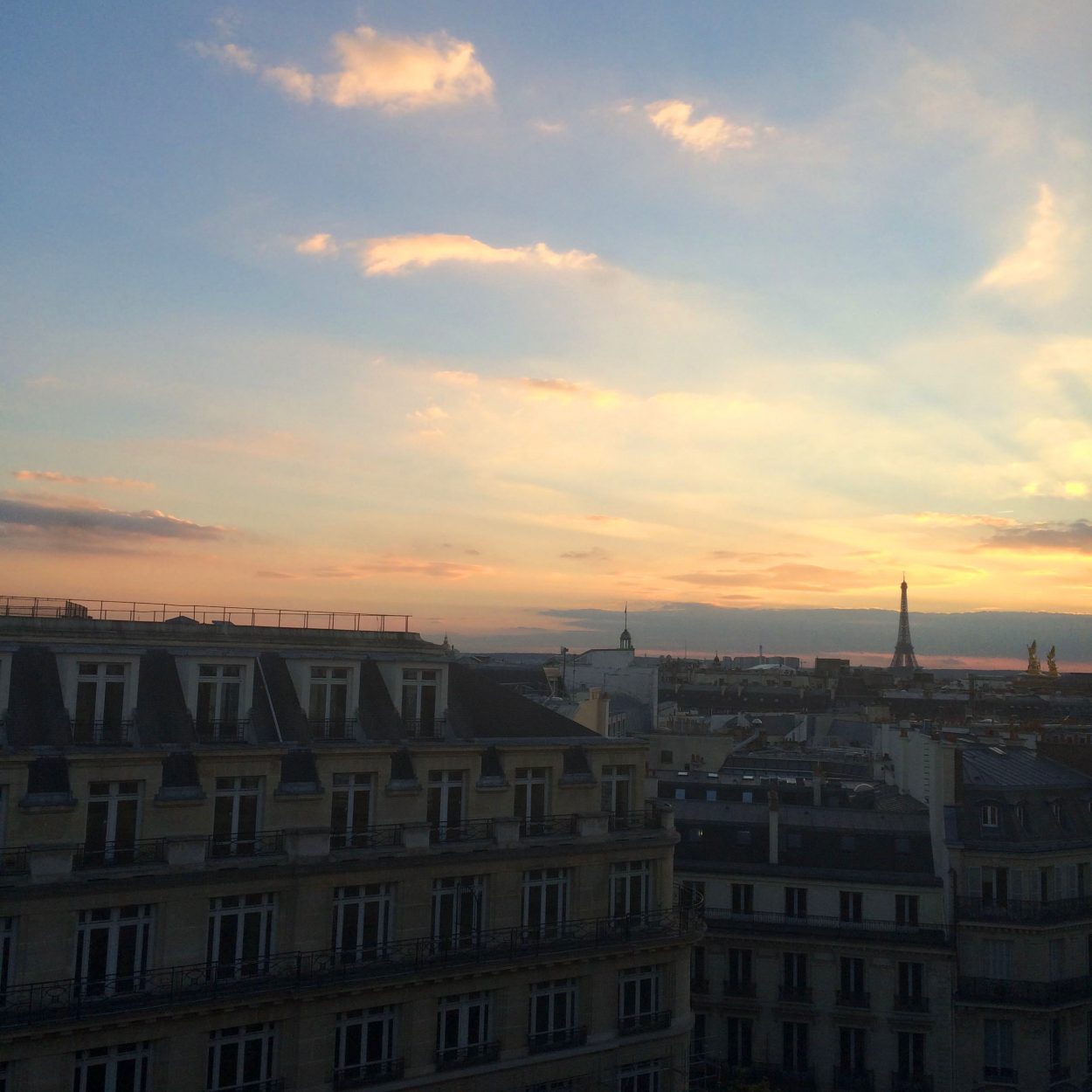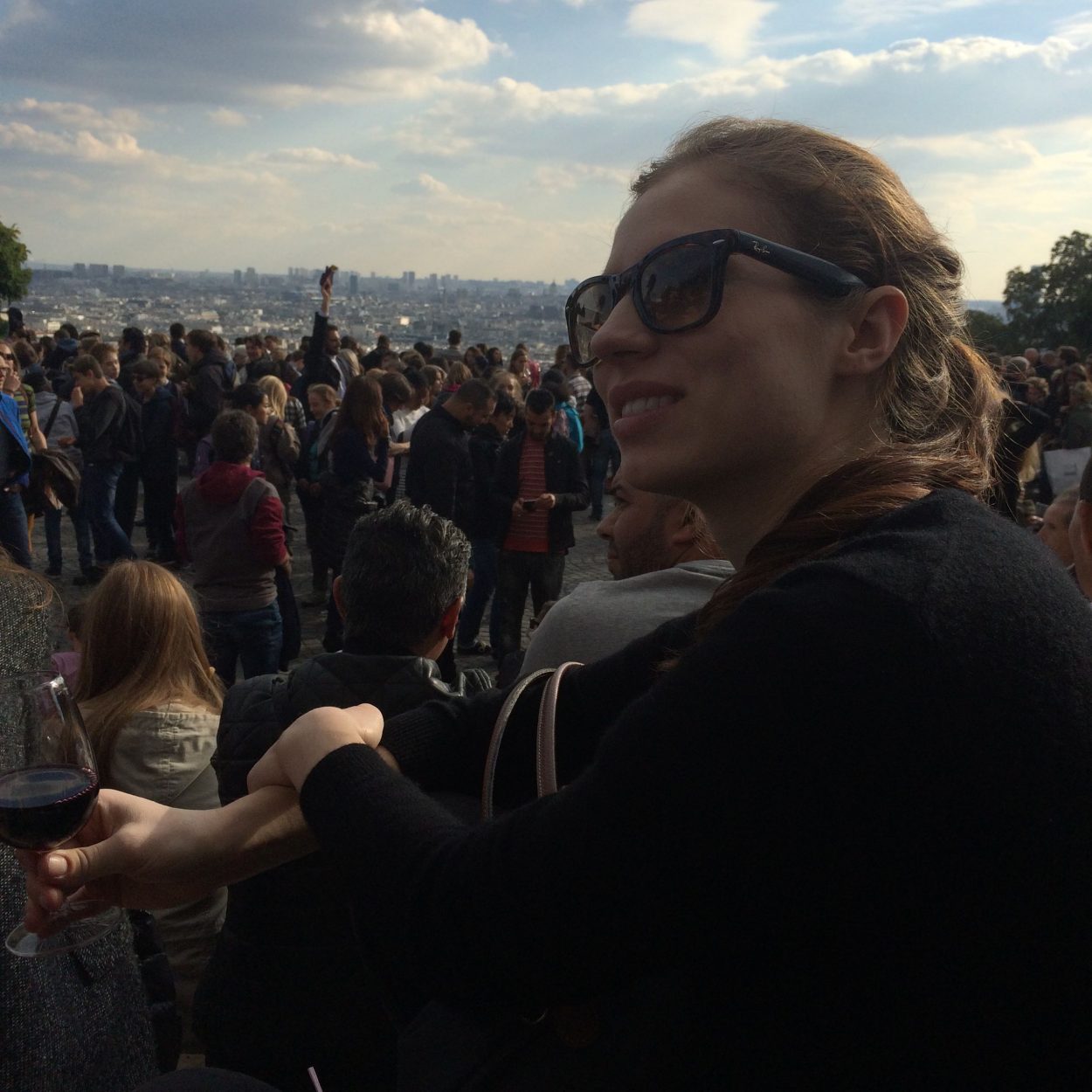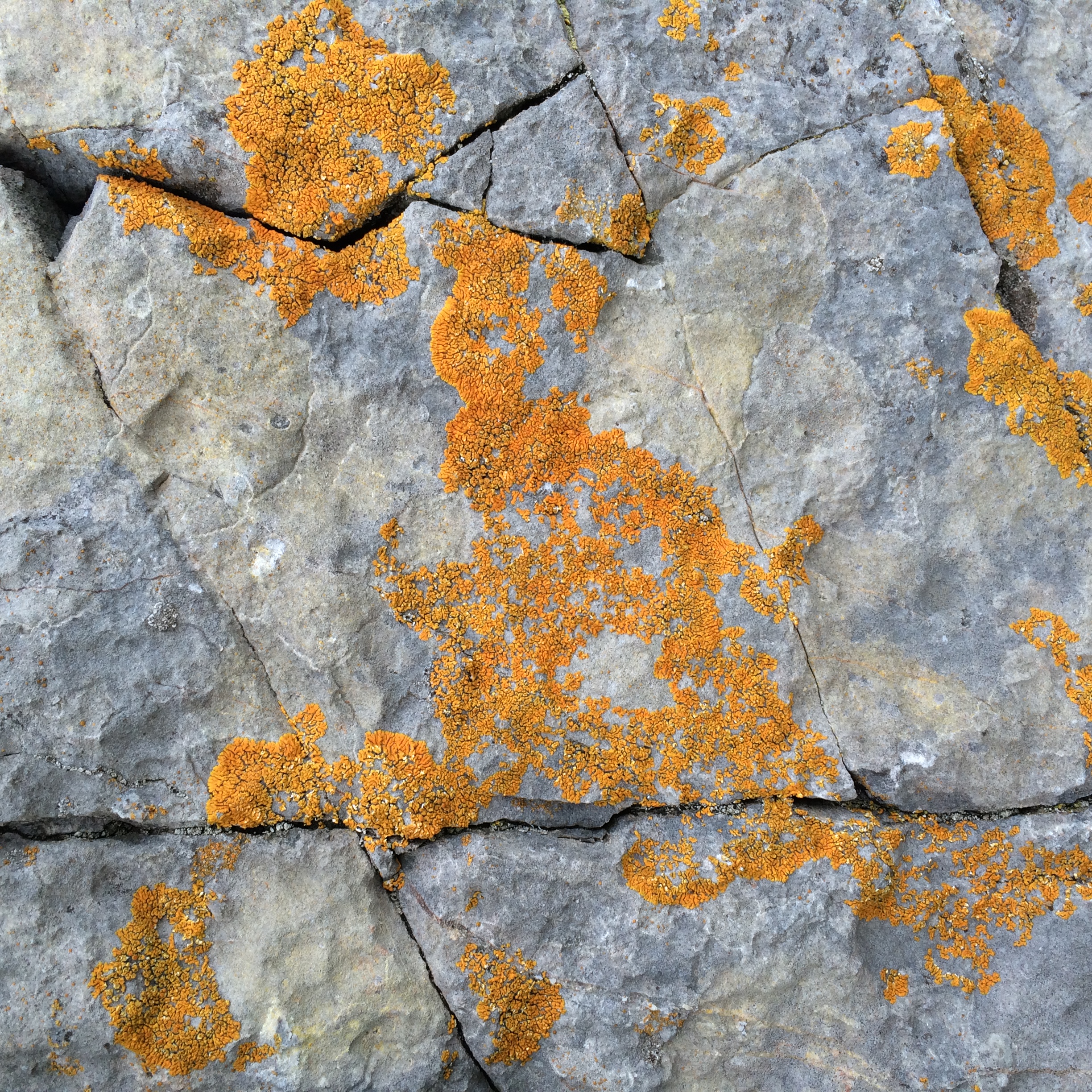Published
New water feature
The heater in the studio failed pretty spectacularly on Friday, damage TBD. Kind of scary that it was so hard to get out…
Published
The heater in the studio failed pretty spectacularly on Friday, damage TBD. Kind of scary that it was so hard to get out…
Published
The best & easy
Bake @ 375°F (190°C) 8 min
Cream:
Beat in:
Add:
Use 3 trays. Make a fat rope. Pinch off pieces on to trays. Flatten each 3x by dipping ⅓c measure into sugar in ½c measure. Cool cookies on newspaper.
The recipe above was written by hand in to a community cookbook she gave me in 2001. It retains her original wording and formatting, though I have added gram and Celsius conversions.
We miss you so much.
Published
“Weird Nightmare: A Tribute to Charles Mingus” is a documentary by Ray Davies. View on YouTube in 8 parts
Published
I should like to say two things, one intellectual and one moral. The intellectual thing I should want to say to them is this.
When you are studying any matter or considering any philosophy, ask yourself only “what are the facts?” and “what is the truth that the facts bear out?”
Never let yourself be diverted either by what you wish to believe or by what you think would have beneficent social effects if it were believed. But look only, and solely, at what are the facts.
That is the intellectual thing that I should wish to say. The moral thing I should wish to say to them is very simple.
I should say love is wise, hatred is foolish.
In this world which is getting more and more closely interconnected, we have to learn to tolerate each other, we have to learn to put up with the fact that some people say things that we don’t like. We can only live together in that way. And if we are to live together and not die together, we must learn a kind of charity and a kind of tolerance which is absolutely vital to the continuation of human life on this planet.
Bertrand Russell’s response when asked what lessons from his life may be worth imparting to future generations. Russell was 86 years old when the interview aired.
Separate but related: “A Little History of Philosophy” by Nigel Warburton. Very digestible and enjoyable. Must be noted that the author omits a few big names and focuses entirely on Western philosophy. Fair enough, would probably be 300% longer otherwise.
Published
Most of the places we ate, drank, window-shopped, and explored within 48 hours last weekend.
E.Dehillerin · Loup · Epices Rœllinger · Empreintes · Galerie Perrotin · Editions de Parfums Frédéric Malle · Une Glace à Paris · Caffè Jadis · Marché aux Puces de la Porte de Vanves · Rue des Martyrs · Lepic Assiette · Fête des Vendanges de Montmartre · Galeries Lafayette · Centre Pompidou
Published

Published

Published

Published
– – –
lobste.rs is a link aggregator by Joshua Stein that runs on Rails. See the About page for a run down of it’s features and the reasons behind them.
– – –
What Do We Lose When It’s Easy to Use? In Defence of Inefficiency
Lecture by Andy Pressman of Rumors and Verso Books for DWP.
– – –
“The Notebooks of Malte Laurids Brigge” by Rainer Maria Rilke
‘There are no beginners’ classes in life. What is required of you is always the hardest thing, right from the start.’
– – –
before sleep at the end of love (description of a lullaby)
Tuesday 27 September 2016, 7–7.30pm
Bold Tendencies, Car park floors 7-10, 95A Rye Ln, London SE15 4TG
Tickets £8 on door
An opera by Sarah Hardie. Music composed collaboratively with Jack Sheen, choreography by Eleesha Drennan. Performance by Sarah Hardie, Angela Hardie, and Musarc. I’ve really enjoyed working on this and am looking forward to the performance.
– – –
Published
[This is an ancient draft note I forgot to publish. Had to dig it out for a current task so figured it was time to press go.]
Struck upon a good way to isolate a semi-transparent, real shadow in Photoshop CC when trying to remove the background of an image. This can be appropriate for things such as package or portfolio shots.
This technique seems to work well so long as the shadow is against a fairly even background. An example of where I’ve found this useful is with some scans of booklet spreads. A false shadow wouldn’t look right because it wouldn’t have the variable character of the original shadow.
cmd + JColor Range to select the shadows. Switch the dropdown to “Shadows”. The fuzziness and range will really depend on your image, so start in the middle for each and it out a few times to see what works best. Usually fuzziness = 100% and range = 70 works well for me.The downside of this technique is that the replicated shadow ends up being a flat colour and is missing the natural hue nuances, but overall this worked well for my purposes.